The Network I Controller
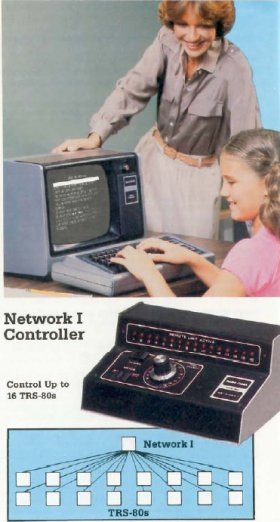
From a 1981 Radio Shack catalog
The Radio Shack Network I Controller (catalog number 26-1210) was an early networking system for the TRS-80. Introduced on March 1, 1980, the Network I Controller (originally called the TRS-80 Model I Network I) cost $499.00 and was primarily designed for classroom use.
The Network I concept, described as “teacher-centric,” was based around a disk-based Model I (used by a teacher) connected through a Network I Controller and cassette cables to cassette-based Model I’s (used by students). Up to sixteen student computers could be connected over a distance of up to thirty feet. From the announcement in the TRS-80 Microcomputer News:
The Network I Controller is a low cost alternative to the cassette recorder for saving and loading programs in a classroom environment. The Network I allows from one to sixteen TRS-80 Model I’s to be connected to a central Model I disk system. Transfer between units is via the cassette ports using CLOAD and CSAVE.
The Network I provided an easier way for a teacher to share programs with students. The Network I Controller took the cassette signal created by a teacher computer and split and amplified it before sending it to all the student computers. This meant that the CSAVE command in BASIC could be used to send a program to all the student computers at once. The communication could also work the other way: the Network I Controller had a sixteen position rotary switch to select a specific student computer. That student computer could then CSAVE a program back to the teacher computer.
Because the Network I used standard BASIC commands to communicate between computers, no extra software was required. Although not documented by Radio Shack, many teachers devised custom procedures to send machine language programs as well.
The Network I Controller worked with both the Model I and Model III but was limited to the 500-baud speed of the Model I. In 1981, the Network I Controller was quietly replaced with the nearly identical Network 2 Controller (catalog number 26-1211). The primary difference was that the Network 2 could also use the 1500-baud speed of the Model III and Color Computer.
In later Radio Shack catalogs, the Network 2 Controller was listed as compatible with the Model I, Model III, Model 4, Color Computer, MC-10, and Model 100. There were a number of possible network configurations:
- a Model I/III/4 host with Model I/III/4 student stations
- a Color Computer host with Color Computer or MC-10 student stations
- an MC-10 host with MC-10 student stations
There were also two configurations suitable only for transferring ASCII text files:
- a Model 4 host with Model 100 or Model 4 student stations
- a Model 100 host with Model 100 or Model 4 student stations
Despite the similar names, the Network 2 had little relationship to Radio Shack’s later networking products, the Network 3 and Network 4, and they were all sold simultaneously. Radio Shack listed the Network 2 in their catalog until 1987, although they continued to sell it to schools for several years after that.
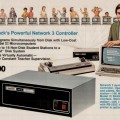
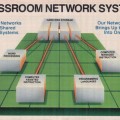
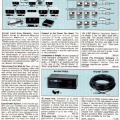
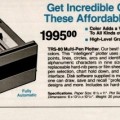










Mack says:
hay guys, I worked for radio shack during the heyday’s of micro-computing from 1981 on and was also there at the end. I worked in the computer centers, later business centers, computer repair shop, and graduated to Senior Systems Engineer. I still have a model 100 and trs-80 model III. I think I still have some manuals and other documentation in storage. I was thinking of starting a museum. Ha Ha.
Alice Clark says:
In the early 80s I was given $40,000 to put a computer network into my middle school library. One of my fondest memories working with TRS-80s.